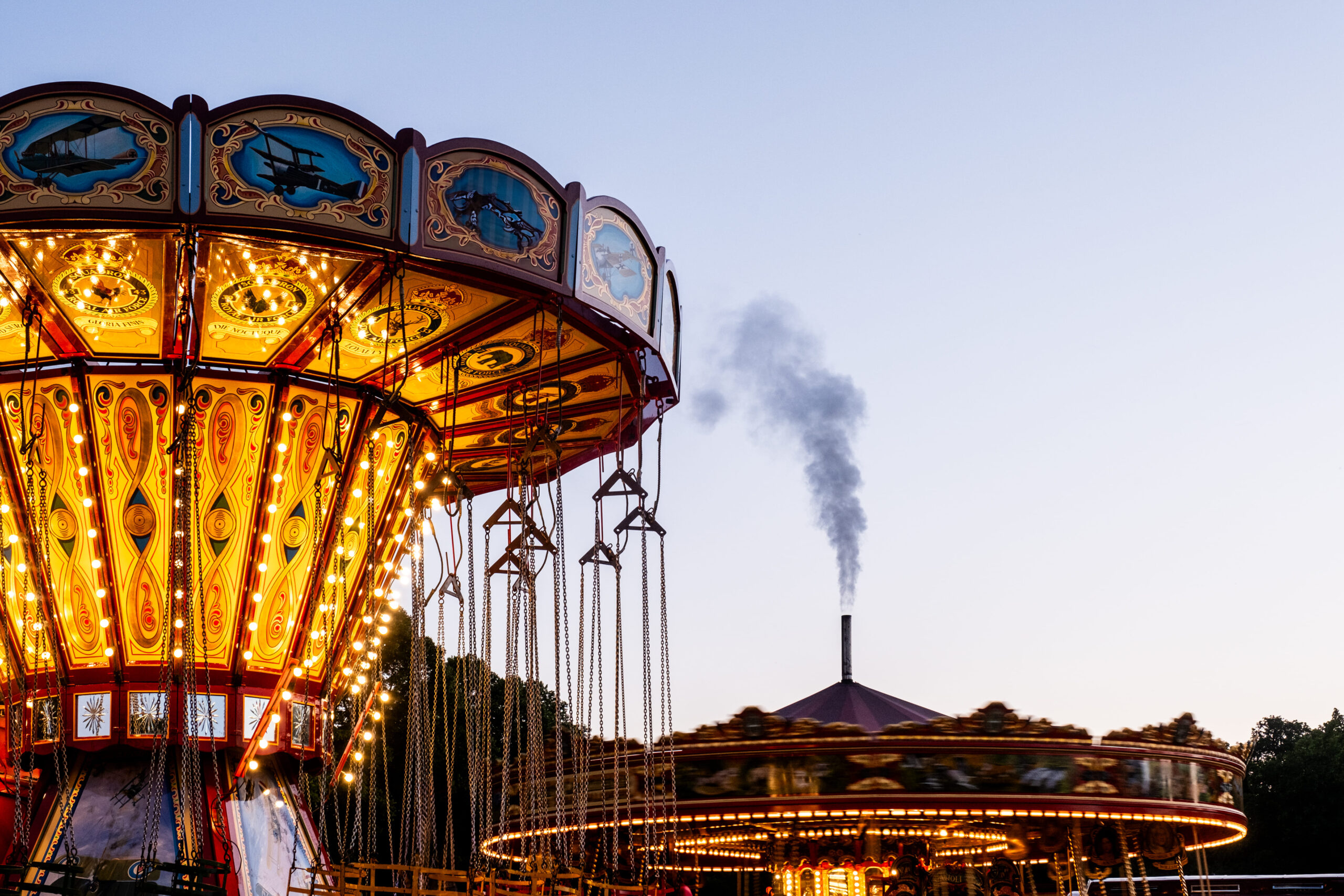Theme parks, amusement parks, and attractions are a vital part of the leisure and entertainment industry globally. It’s been projected that the market will recover and achieve a cumulative growth rate of 9%, achieving $89B in 2023.
This is because theme parks have the ability to grow its visitors as they gain new ones (first visits) and recapture previous visitors (repeat customers). Without them, they may not reach their full potential.
To achieve higher market share parks must make the most out of their busiest days through after-ticket sales and strive to improve attendance and aim to have smoother attendance throughout the year. Artificial Intelligence and Machine Learning can help management achieve this and much more.
Some parks have incorporated AI and ML through wrist-band passes that tracks customers movements, analyse their purchases and habits, and provide real-time reports. Management is also able to create and curate content based on customer preferences and interactions personalising their experience. Knowing customers better will not only attract them but keep them happy.
On the experience perspective, Virtual and Augmented Reality has been integrated into various attractions and activities. But AI and ML in theme parks and attractions has more benefits to offer with, forecasting and optimisation providing the highest ROI-driven potential. With integration of customer-associated data, marketing strategy, and park performance identify customer trends, decide on best possible opening hours, and better manage customer flow.

